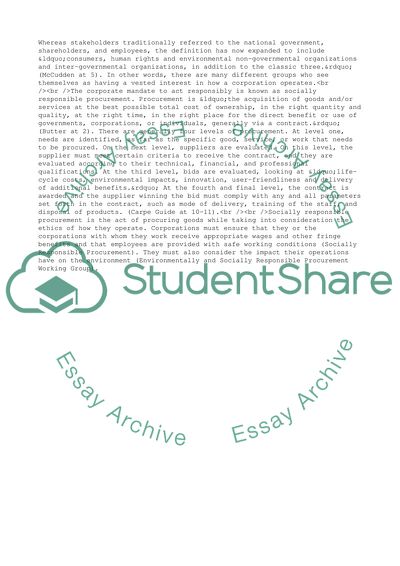Cite this document
(Socially Responsible Procurement Programme Coursework - 1, n.d.)
Socially Responsible Procurement Programme Coursework - 1. https://studentshare.org/business/1733320-socially-responsible-procurement-programme
Socially Responsible Procurement Programme Coursework - 1. https://studentshare.org/business/1733320-socially-responsible-procurement-programme
(Socially Responsible Procurement Programme Coursework - 1)
Socially Responsible Procurement Programme Coursework - 1. https://studentshare.org/business/1733320-socially-responsible-procurement-programme.
Socially Responsible Procurement Programme Coursework - 1. https://studentshare.org/business/1733320-socially-responsible-procurement-programme.
“Socially Responsible Procurement Programme Coursework - 1”. https://studentshare.org/business/1733320-socially-responsible-procurement-programme.


